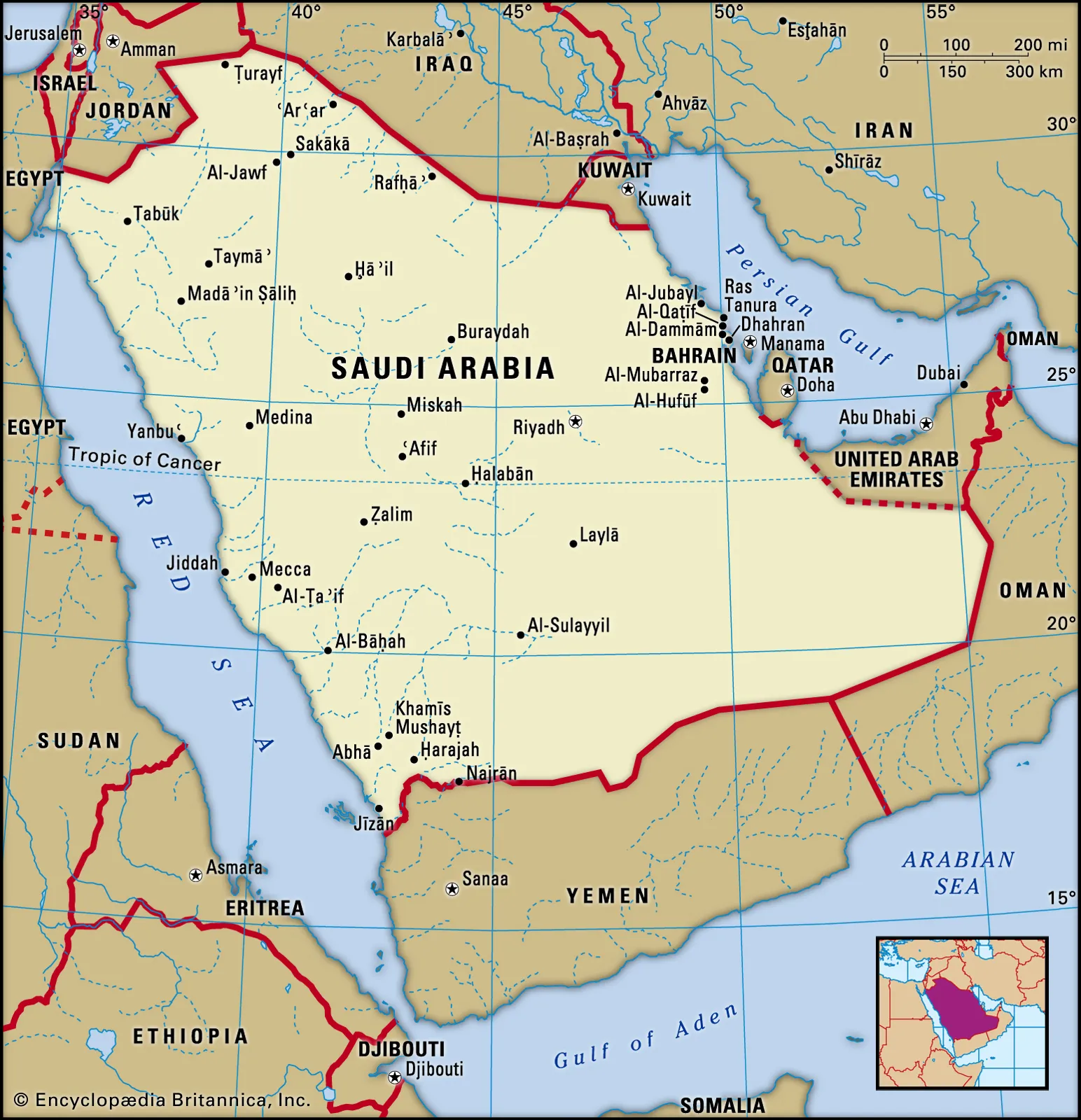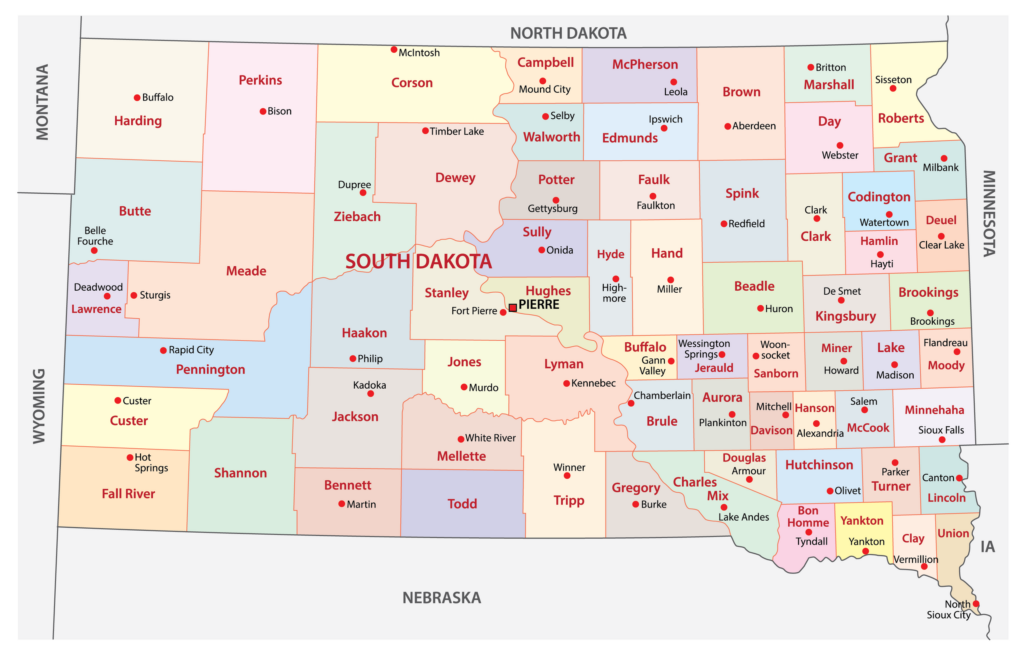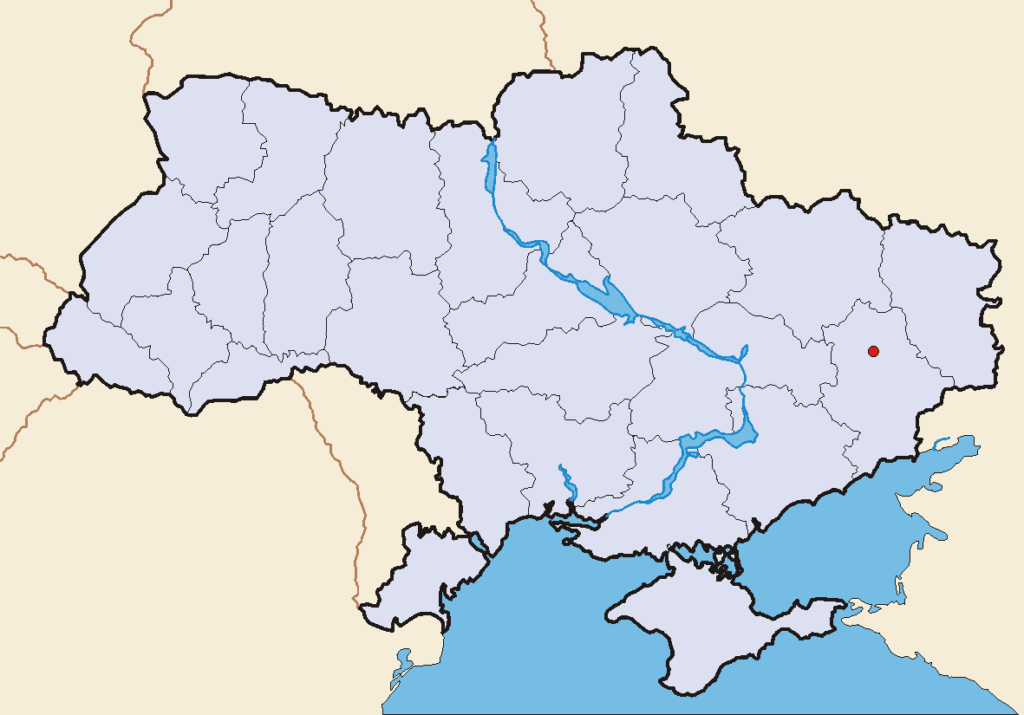Introduction to Saudi Arabia
Saudi Arabia, officially known as the Kingdom of Saudi Arabia (KSA), is a country located in Western Asia. It is the largest country in the Middle East by land area, covering approximately 2,150,000 square kilometers (830,000 square miles). The country is situated on the Arabian Peninsula and is bordered by Jordan and Iraq to the north, Kuwait to the northeast, Qatar, Bahrain, and the United Arab Emirates to the east, Oman to the southeast, and Yemen to the south. Saudi Arabia has coastlines along the Red Sea to the west and the Persian Gulf to the east.
Political and Administrative Divisions
Saudi Arabia is divided into 13 administrative regions, which are further subdivided into governorates and districts. Here are the 13 regions:
- Riyadh Region
- Makkah Region
- Madinah Region
- Eastern Province (Ash Sharqiyah)
- Asir Region
- Tabuk Region
- Hail Region
- Jizan Region
- Najran Region
- Al Bahah Region
- Northern Borders Region (Al Hudud ash Shamaliyah)
- Al Jawf Region
- Al-Qassim Region
Each region has its own unique geography, cultural characteristics, and economic activities.
Physical Geography
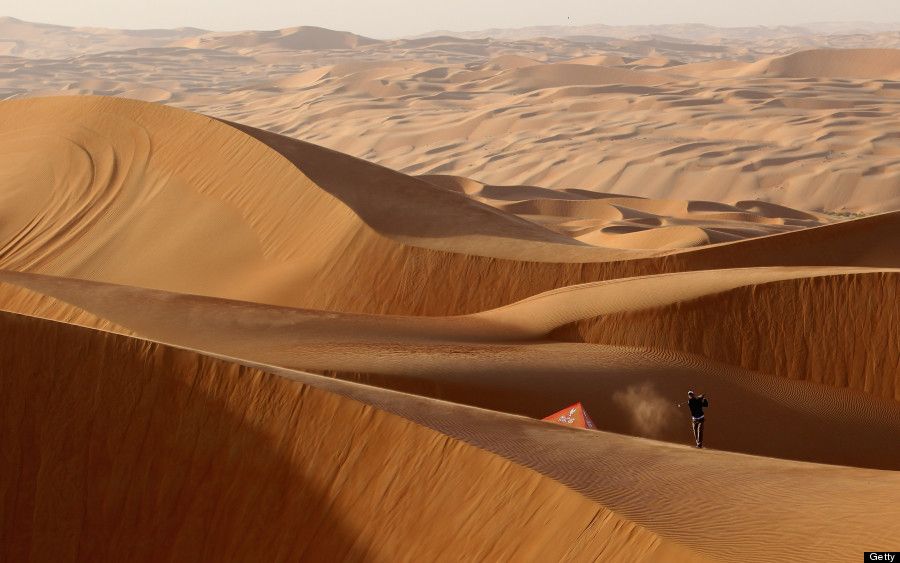
Saudi Arabia’s landscape is predominantly desert, with several distinct regions:
Rub’ al Khali (Empty Quarter)
This is one of the largest sand deserts in the world, occupying much of the southern part of the Arabian Peninsula.
Najd Plateau
Located in the central region, this plateau has an average elevation of about 1,200 meters (3,900 feet) above sea level.
Coastal Plains
Along the Red Sea and the Persian Gulf, there are narrow coastal plains that contrast with the desert interior.
Climate
Saudi Arabia has a desert climate with extremely high temperatures during the day and sharp temperature drops at night. The climate is generally dry, and rainfall is sparse and irregular. Temperatures can exceed 50°C (122°F) in the summer months, especially in the interior regions.
Natural Resources
Saudi Arabia is rich in natural resources, particularly oil and natural gas. It has the world’s second-largest proven oil reserves and is one of the world’s leading oil exporters. Apart from petroleum, the country also has significant mineral resources such as gold, phosphate, and uranium.
Economy
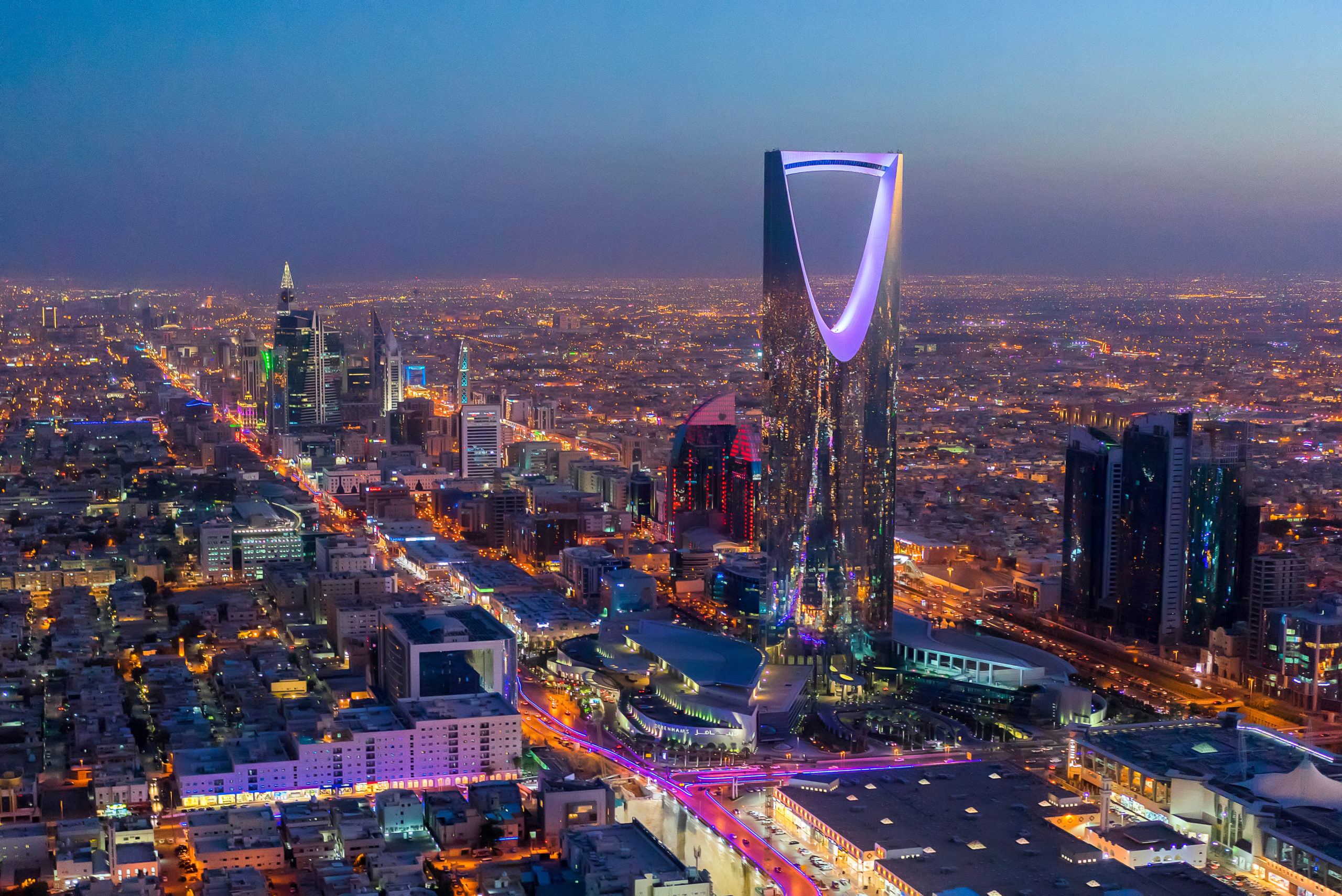
The Saudi economy is largely dependent on oil exports, which account for a significant portion of the country’s GDP and government revenue. In recent years, there has been a push towards economic diversification, with investments in sectors such as tourism, manufacturing, and technology.
Culture and Society
Saudi Arabia has a conservative Islamic society influenced by Wahhabism, an ultra-conservative branch of Sunni Islam. The cultural life is centered around Islamic traditions and practices, with strict adherence to Islamic law (Sharia).
Language
Arabic is the official language of Saudi Arabia.
Religion
Islam is the state religion, and the country follows Sunni Islam, predominantly of the Wahhabi sect.
Major Cities
Riyadh
The capital and largest city of Saudi Arabia, known for its modern architecture and bustling business district.
Jeddah
Located on the Red Sea coast, Jeddah is a major commercial hub and the gateway to the holy city of Mecca.
Mecca
The holiest city in Islam, where millions of Muslims from around the world visit each year for the Hajj pilgrimage.
Medina
The second holiest city in Islam, known for its historic mosques and religious significance.
Tourism
Tourism in Saudi Arabia has been growing rapidly in recent years, driven by the government’s Vision 2030 initiative, which aims to diversify the economy and promote tourism. Some of the key attractions for tourists include:
Historical Sites
Such as Diriyah, the old city of Jeddah (Al-Balad), and Al-Ula with its ancient Nabatean tombs.
Natural Landscapes
Including the Red Sea coast, Asir Mountains, and the vast desert landscapes.
Religious Tourism
Mecca and Medina are major destinations for Muslim pilgrims, while non-Muslims can visit certain areas of Medina and historical sites related to Islamic history.
Transportation
Saudi Arabia has a well-developed infrastructure for transportation, including:
Airports

King Abdulaziz International Airport (Jeddah) and King Khalid International Airport (Riyadh) are the busiest airports in the country.
Highways
The country has an extensive network of highways connecting major cities and regions.
Public Transport
Public transportation options include buses and a growing metro system in Riyadh and Jeddah.
Conclusion
Saudi Arabia is a country of contrasts, from its vast deserts to modern cities, rich cultural heritage, and significant economic influence. As the country continues to develop and diversify its economy, it remains a key player in the Middle East and on the global stage.
Understanding Saudi Arabia’s geography, culture, and economic landscape is crucial for anyone interested in the region’s politics, economics, or cultural dynamics. Whether you’re planning to visit for tourism, business, or research, Saudi Arabia offers a wealth of opportunities and experiences waiting to be explored.
This comprehensive guide aims to provide an overview of Saudi Arabia’s maps, facts, and essential information to help you navigate and appreciate this fascinating country.
What are 5 interesting facts about Saudi Arabia?
Saudi Arabia is home to the largest continuous sand desert in the world, the Rub’ al Khali. It possesses the second-largest proven oil reserves globally and is the birthplace of Islam, hosting the holy cities of Mecca and Medina. The country has a monarchy system led by the Al Saud royal family, and its economy is heavily reliant on oil exports. Additionally, Saudi Arabia is undergoing significant social and economic reforms under its Vision 2030 initiative, aimed at diversifying its economy and reducing dependency on oil.
What are the 7 states of Saudi Arabia?
Saudi Arabia is divided into 13 administrative regions, not states. These regions are Riyadh, Makkah, Madinah, Eastern Province (Ash Sharqiyah), Asir, Tabuk, Hail, Jizan, Najran, Al Bahah, Northern Borders (Al Hudud ash Shamaliyah), Al Jawf, and Al-Qassim.
What is special about Saudi Arabia?
Saudi Arabia holds immense significance as the birthplace of Islam and houses the two holiest cities in Islam, Mecca and Medina. It boasts a wealth of cultural heritage, from ancient archaeological sites to modern architectural marvels. The country’s vast oil reserves have made it a key player in global energy markets, influencing geopolitics and economics worldwide.
What are the 13 states in Saudi Arabia?
The 13 administrative regions of Saudi Arabia are Riyadh, Makkah, Madinah, Eastern Province (Ash Sharqiyah), Asir, Tabuk, Hail, Jizan, Najran, Al Bahah, Northern Borders (Al Hudud ash Shamaliyah), Al Jawf, and Al-Qassim.
How many cities are in Saudi Arabia?
Saudi Arabia has numerous cities across its vast expanse, with major urban centers including Riyadh, Jeddah, Mecca, Medina, Dammam, and Taif, among others. The exact number of cities varies as urbanization and development continue to expand across the country.
What is the full name of Saudi Arabia?
The full name of Saudi Arabia is the Kingdom of Saudi Arabia (KSA).
What language is spoken in Saudi Arabia?
The official language of Saudi Arabia is Arabic.
What is the national animal of Saudi Arabia?
The Arabian camel (Camelus dromedarius), also known as the dromedary camel, is considered the national animal of Saudi Arabia due to its historical and cultural significance in the region.
What is the main religion of Saudi Arabia?
Islam, specifically the Sunni branch, is the main religion of Saudi Arabia. The country follows the conservative Wahhabi interpretation of Sunni Islam.
Can a Hindu enter Mecca?
No, non-Muslims, including Hindus, are not permitted to enter the holy city of Mecca in Saudi Arabia.
Can I take the Bhagavad Gita to Saudi Arabia?
Saudi Arabia enforces strict regulations regarding religious texts that are not related to Islam. It is advisable to check with Saudi authorities or the Saudi embassy regarding specific guidelines for bringing religious texts, including the Bhagavad Gita, into the country.
- The Largest Lizards In The World - September 9, 2024
- Taos, New Mexico - September 9, 2024
- The Most Colorful Birds From Around The World - September 9, 2024

